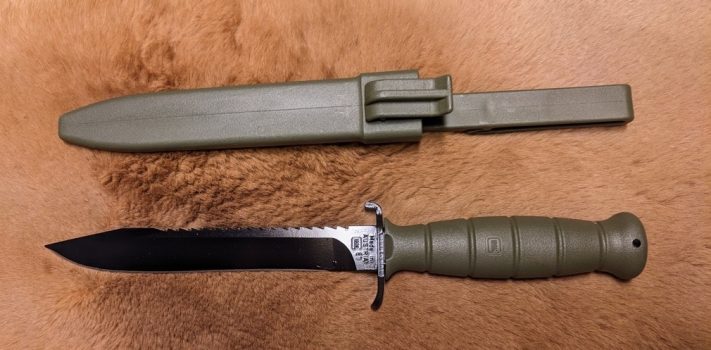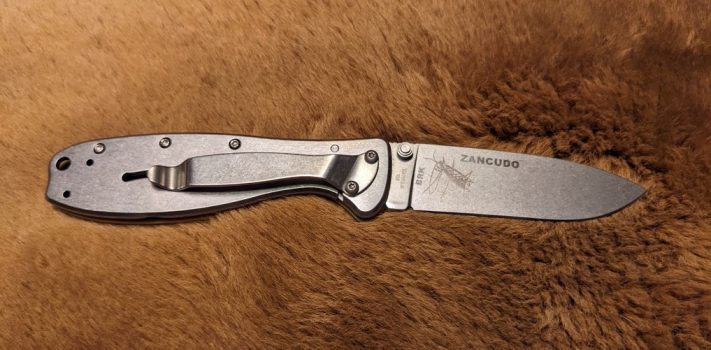Glock FM81 Field Knife, by Thomas Christianson
Before Gaston Glock ever designed his first handgun, his company made knives and other equipment for the Austrian Army. One day in 1980, Glock was at the Austrian Ministry of Defense to talk about the sale of some of his products. While he was there, Glock overheard a conversation about the need for a new handgun design to replace the aging, World-War-II-era P38s that the Austrian Army was still using. He decided to design a handgun to meet that need. He bought samples of all the semi-auto handguns that he could find. He disassembled them, and studied how they functioned. …















